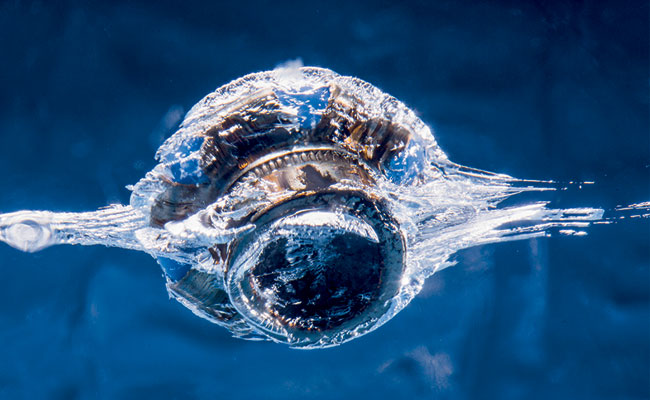Three State-Of-The-Art .45 ACP cartridges.
For years, handgun ammunition could essentially be classified into two categories: the less expensive, full-metal jacket (FMJ) ammunition (commonly referred to as “ball” ammo) and jacketed hollow point (JHP) ammunition, which as the name implies, contains a hollow tip, enabling the bullet to expand upon impact.
While FMJs tends to load more reliably in semiautomatic pistols and are more capable of penetrating intermediate barriers such as plywood, vehicle glass, and heavy clothing en route to the target, JHPs are widely considered to be the better man stopper, which explains their prevalence in law enforcement and personal defense use.
JHP bullets are designed to mushroom upon impact. This slows the bullet down, thus maximizing the damage inflicted, whereas a FMJ round will tend to produce a less serious through-and-through wound. Interestingly, the U.S. Army is now going to allow ammunition other than ball during their upcoming solicitation for the long awaited “XM-17” handgun concept, which will replace the M-9 as the Army’s issued sidearm. But these days, many ammunition manufacturers aren’t content with traditional hollow point bullets.
Companies such as Federal, Hornady, and relative newcomer G-2 Research, are pushing the envelope to provide the ultimate personal defense round. While the “magic bullet” continues to …Read the Rest
Source:: Guns and Ammo

Leave a Reply